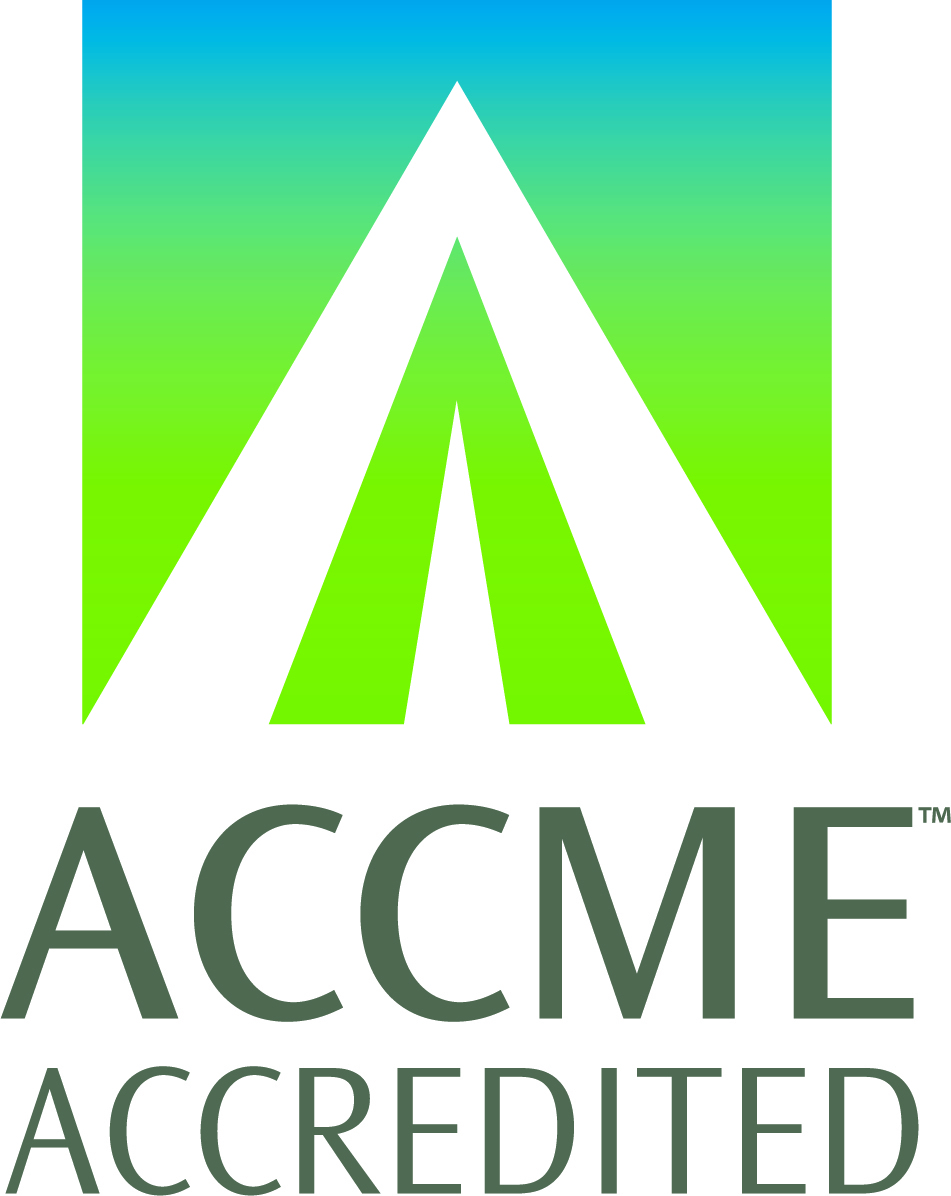
Geriatric fractures: don’t fix it, replace it!
-
Register
- Non-member - $40
- Active Member - Free!
- Research Member - Free!
- Clinical Member - Free!
- Candidate - Free!
- Trauma Practice Professional - Free!
- Emeritus Member - Free!
- International Active Member Tier 4 - Free!
- International Active Member Tier 2 - Free!
- International Active Member Tier 3 - Free!
- International Active Member Tier 1 - Free!
- International Candidate - Free!

Accreditation Statement: The Orthopaedic Trauma Association (OTA) is accredited by the Accreditation Council for Continuing Medical Education (ACCME) to provide continuing medical education for physicians.
Credit Designation: OTA designates this enduring material for a maximum of 1.25 AMA PRA Category 1 Credits™. Physicians should claim only the credit commensurate with the extent of their participation in the activity.
Learning Objectives
After completing this activity, learners will be able to:
- Describe decision tree for THA in femoral neck fracture strategies
- List technical tips for treatment of distal humerus fractures in the elderly
- Describe patient and fracture modifications to surgical and postoperative rehabilitation protocols in elderly fracture patterns
Faculty
- Moderator: Lisa Cannada, MD
Simon Mears, MD, PhD, Arun Aneja, MD, Mark Gage, MD, Andrew Choo, MD
Original release date: 4/26/2023
Expiration date: 4/26/2026
Estimated time to complete activity: 1 hour and fifteen minutes
Statement of Need/Description/or Summary of Gap Analysis
The orthopaedic trauma surgeon is often the one to definitely geriatric fractures. The indications for THA are expanding and lead to more procedures in younger patients, as well as in older adults. Certain hip fractures are still amenable to fixation, but they can and do fail at an increased rate.
For proximal and distal humerus fractures, trauma surgeons may feel obligated to “fix it because I can”. That might not provide the best results.
Thus, the indications for fixation versus revision need to be clearly defined and optimal management decisions are important in minimizing morbidity and mortality and maximizing outcome.
Instructional Format: Online webcast consisting of slides and audio.
Method of Participation: There are no fees for members to participate in this activity. Non-members must pay $40. To participate in the activity, physicians will be required to take the following steps:
- Read the learning objectives and faculty disclosures.
- Participate in the activity.
- Complete the activity evaluation.
- Participants who successfully complete the evaluation will receive AMA PRA Category 1 Credits™.
Disclosures:
The Orthopaedic Trauma Association has implemented a policy to comply with the current Accreditation Council for Continuing Medical Education (ACCME) Standards for Integrity and Independence in Accredited Continuing Education requiring mitigation of all conflicts of interest. Faculty declaring a relevant commercial interest must be identified in the activity syllabus and/or program.
In accordance with disclosure policies of OTA and the ACCME, every effort has been made to ensure all CME activities are balanced, independent, objective, and scientifically rigorous. These policies include complying with ACCME’s Standards for Integrity and Independence in Accredited Continuing Education and mitigating all relevant conflicts of interest for all individuals in control of content.
All of the relevant financial relationships listed for these individuals have been mitigated
Disclosures are available on the "Disclosure" tab.
Disclaimer: The information in this educational activity is provided for general medical education purposes only and is not meant to substitute for the independent medical judgment of a physician relative to diagnostic and treatment options of a specific patient's medical condition. The viewpoints expressed in this CME activity are those of the authors/faculty. They do not represent an endorsement by the OTA. In no event will the OTA be liable for any decision made or action taken in reliance upon the information provided through this CME activity.
Commercial Support: There is no commercial support for this activity

